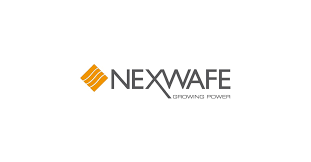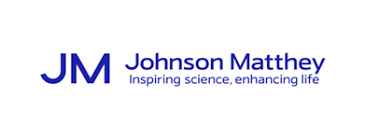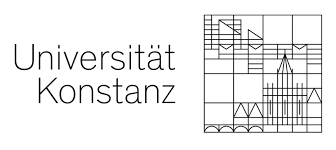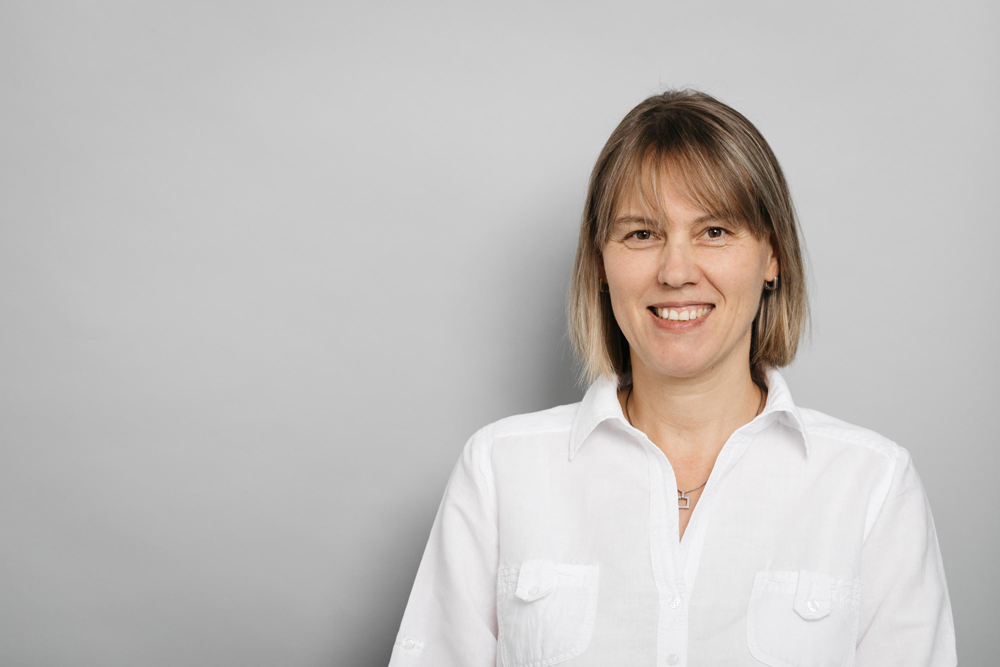FUN
Runtime: 01.09.2019 - 31.08.2022
The overall aim of the project is to provide highly performing photovoltaics and reduce the cost of solar technology. Therefore, we selected the EpiWafer process (epitaxially grown Si wafers) from partner Nexwafe (NXW) to produce highly cost effective Si wafers based on and combine them with a high efficiency silicon solar cell process (proven efficiency 26.1%), based on the approach of passivated contacts, that consist of an interface oxide and a doped polycrystalline silicon layer, and screen-printing metallization. However, currently no screen-printing metal paste suitable for contacting less than 75 nm thick poly-Si layers without causing large efficiency losses is available. In addition, the EpiWafers need for reaching high lifetimes a gettering process [6]. This need for gettering puts an additional function on the polycrystalline Si layers. Therefore, this project develops and characterizes on the one hand a gettering process using polycrystalline Si layers and on the other hand screen-printing metal pastes for contacting doped polycrystalline or amorphous Si layers. While the company Nexwafe develops EpiWafers and gettering processes the company Johnson Matthey cares about the screen-printing paste. UKON interconnects the different fields of development. Leibniz-IPHT works mainly on the laser crystallization of amorphous silicon for local passivated contacts. Besides these broad research fields many detailed questions have to be tackled as the optimization of the polycrystalline layer thickness taking into account its multiple functions, the implementation of these layers into current cell processes as a drop in solution with an efficiency potential well above 24% and the long-term stability of layers and metals separately and integrated in a solar cell. With the current state of the art in technology and the anticipated outcome of the project, the project moves from TRL 4 to TRL 7.
The project is funded by VDI KMU-innovativ: Mensch-Tech under the number 16SV8657.
Partners




